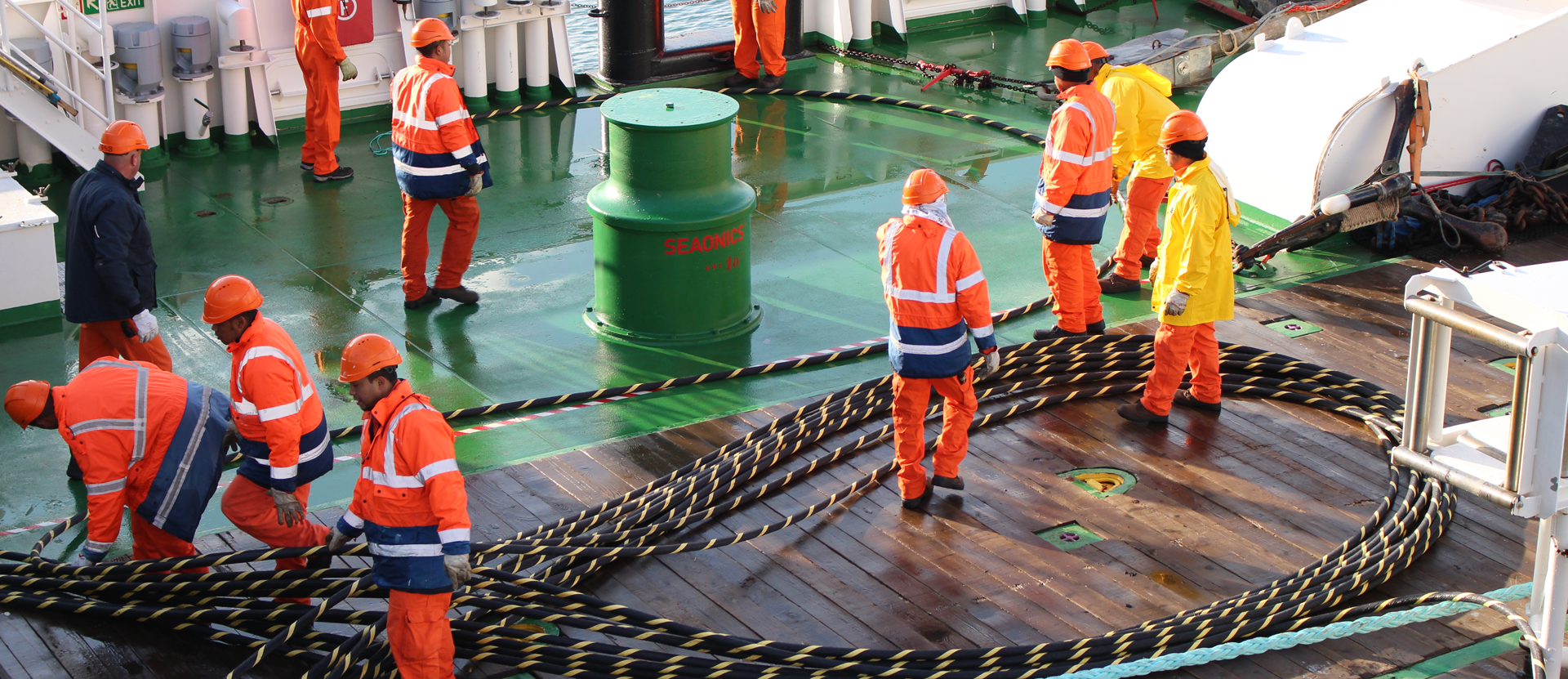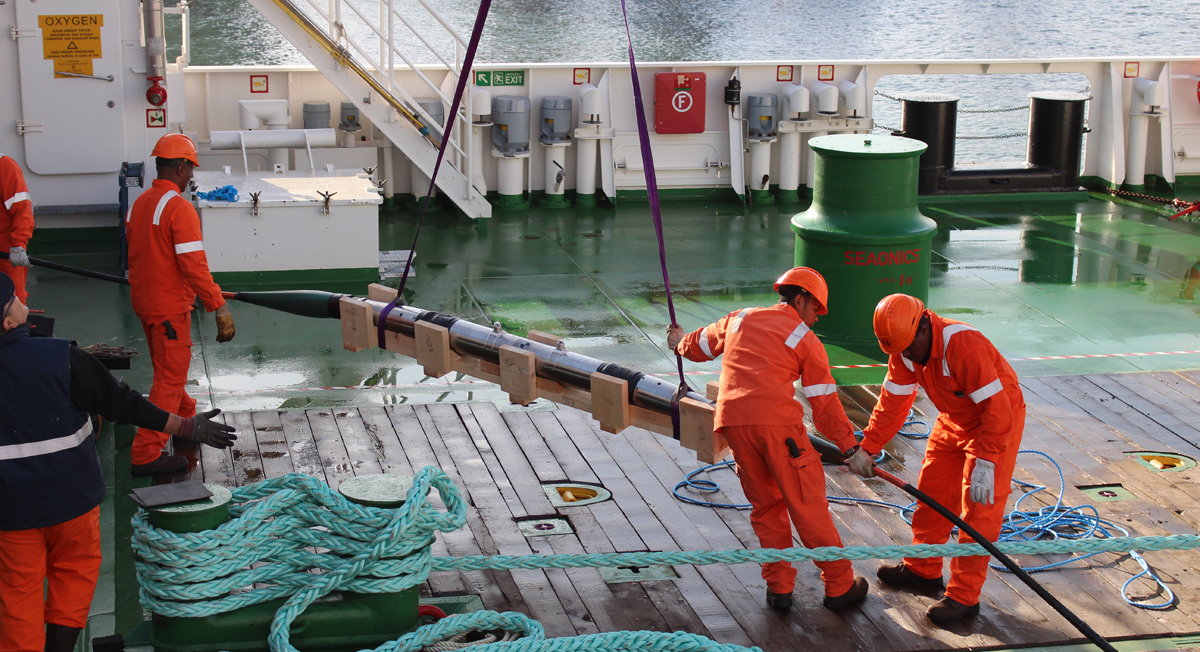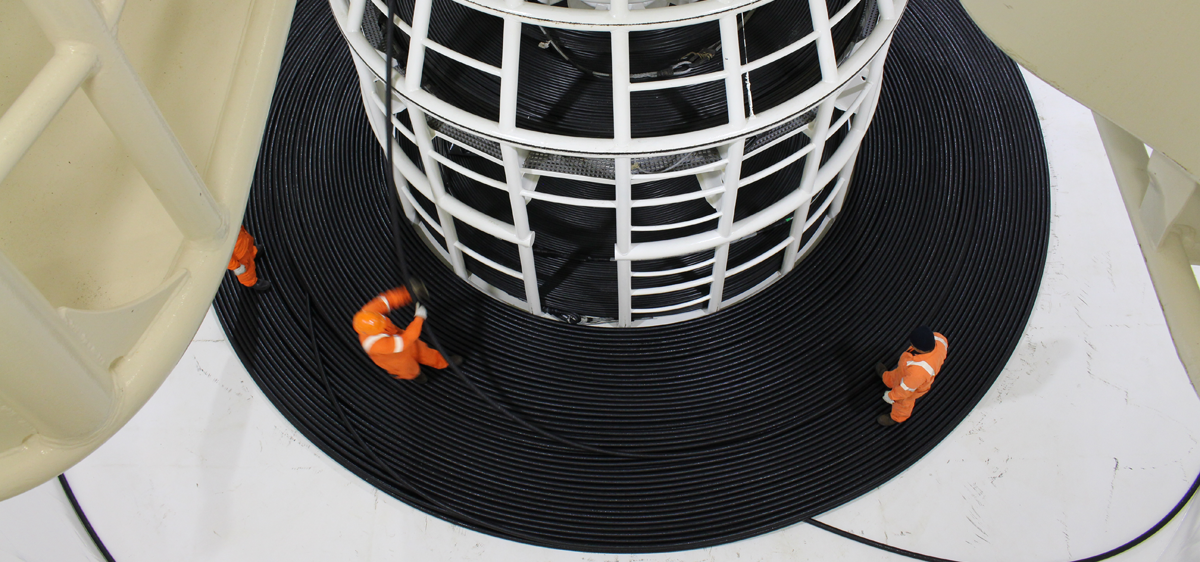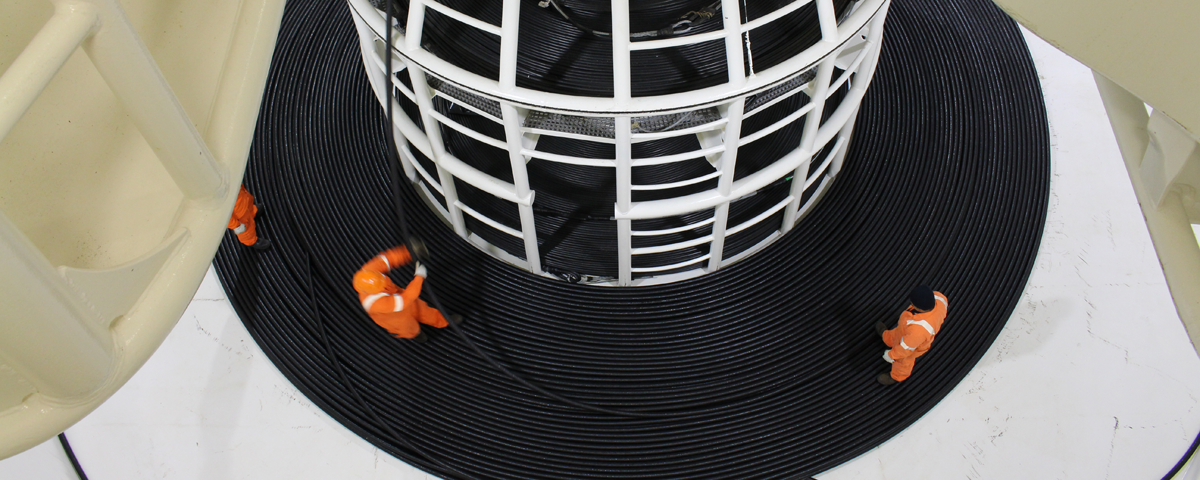So far, the predominant model for subsea cable operators was to purchase from a single vendor the wet plant (everything that is under water, namely submarine cable and submerged repeaters and branching units) and the dry plant, which is made of all the equipment that is deployed in the cable landing stations, i.e. Submarine Line Terminal Equipment (SLTE), Power Feed Equipment (PFE) and Line Monitoring Equipment (LME). This is the so-called closed subsea cable system approach.

Why Closed Subsea Cable Systems?
As often both technical and commercial reasons justified this approach.
On a technical perspective, optical transmission performance is strongly dependent on both the cable and submarine line terminal equipment characteristics. Even if we are transmitting today digital signals, optical fiber propagation is by essence an analog process where the optical pulses experience linear and nonlinear degradations over multi-thousand kilometer distances; many interactions between SLTE and fiber parameters govern the end-to-end optical transmission performance. In the absence of standards driving the specifications of the SLTE line signals, a subsea cable system was often viewed as a closed system where both cable and SLTE characteristics need to be optimized simultaneously in order to guarantee the global system performance. This view favors of course the one stop shop approach where both cable and SLTE are designed, manufactured, installed, tested and commissioned by the same supplier.
From a commercial perspective, the closed approach simplifies the procurement process (one process instead of two). More importantly, the closed scheme also clearly designates a single entity to be fully and solely responsible for not only meeting the global system specifications when the system is tested and put in service, but also guaranteeing the service level agreement is met throughout the system lifetime.

Why Open Subsea Cable Systems?
Recently we have seen some trends in the industry to walk away from this closed approach and make it possible to purchase the wet and dry plants from different suppliers. From the vendor side, it is clear that designing/manufacturing SLTE and wet plant represent two different businesses, relying on quite different technology and skill sets. Also terrestrial and submarine optical transmission products are converging with a will to use as much as possible terrestrial line terminal equipment as SLTE. Among other benefits, this terrestrial/subsea convergence at the equipment level is driving down SLTE cost because of the volume effect enabled by the terrestrial market. As a result, we are seeing some subsea cable system suppliers focusing on offering only the wet plant (and the required PFE and LMS equipment to enable its operation).
From the purchaser side, an open approach can lead to multi-fold benefits. First, suppliers focus on that they are the best at. For instance, it may not be natural for a cable manufacturer to develop and maintain a world-class expertise in optical transmission equipment that will represent 10% or less of the project value. Separating wet plant and transmission equipment allows wet plant suppliers to improve their cable products and optimize their costs, and optical transmission equipment vendors to design higher-rate, more flexible interface cards and lower the cost per transported bit.
Second, with an open approach, purchasers can also take advantage of the differences in development life cycle of transmission equipment and wet plant technologies, both at the beginning and during the system lifetime. Purchasers can finalize and select optical transmission technology at a later date than at beginning of longer wet plant build cycle. And for capacity upgrades, purchasers can pick the most advanced, best-in-breed optical transmission technology compatible with the installed wet plant. This “dis-aggregation” is critical with fast moving technology changes in transponder cards.
Another benefit stems from the open cable system scheme: the need to separate out the wet plant specifications as the wet plant has to interwork with a third-party optical transmission technology. Therefore there is a need to specify wet plant performance independently of a specific suppliers’ transponders. This “stand-alone “specification of the submarine cable is mandatory for new network designs that connect directly data center to data center with no demarcation point at the beach level.

Two Models for Different Needs/Applications
As a conclusion, the closed subsea cable system model looks like the right approach for telco consortia owned cable systems where the capacity is made available and sold at the cable landing station level, and where the capacity growth is modest or predictable.
The open subsea cable system model is more appropriate to cable systems owned by their capacity clients, and where the subsea cable system is simply a wet span among others to enable direct data center to data center connectivity. The traffic pattern is significantly changing with more and more east-west (or content-to-content) traffic to the detriment of north-south (or content-to-user) traffic.
Note: It is worth mentioning that third-party cross-upgrades (where a supplier that is not the original supplier connects its own line terminal equipment to an existing subsea cable system) represented a first step to fully open systems. This happened about 10 years ago; before that, addition of new capacity was achieved by the original wet plant supplier only. Third-party cross-upgrade was a significant factor for making subsea capacity more affordable.
For comments or questions, please contact us.

